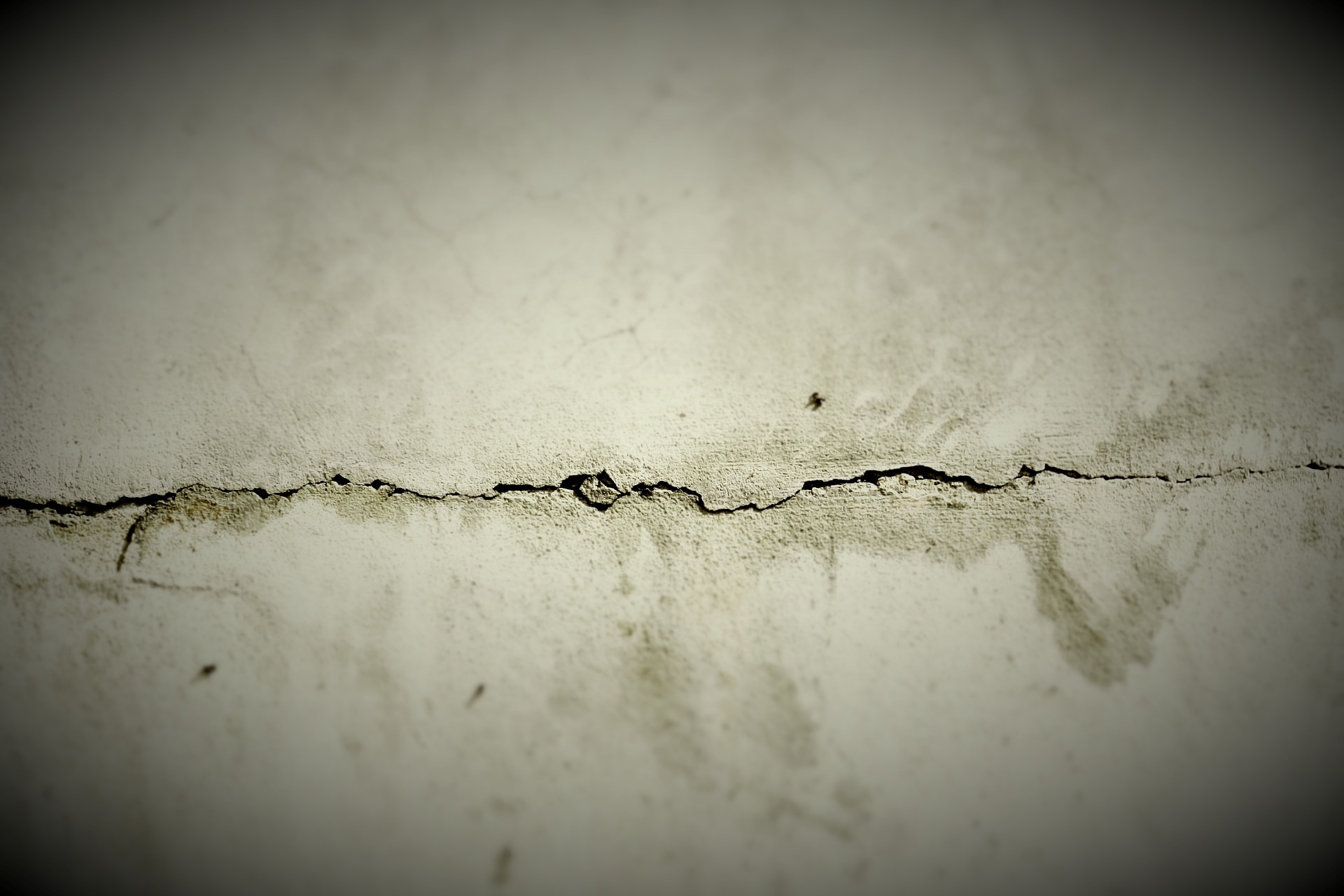Repair Options for Cracked Concrete: Methods and Costs
Cracks in slabs, driveways, and foundations can let in water, weaken surfaces, and grow with seasonal freeze–thaw cycles. This guide explains when to use epoxy, when polyurethane is better, how waterproof sealers fit in, and what drives project cost in the United States. It also outlines realistic price ranges and notes how to evaluate local services in your area.

Cracks form in concrete for many reasons, from shrinkage and settlement to heavy loads and rapid temperature swings. The right repair method depends on whether the crack is structural or cosmetic, whether water is present, and how the slab or wall is used. Below, you’ll find clear guidance on epoxy and polyurethane options, the role of waterproof sealers, and how to estimate costs for work done by local services in your area or for do-it-yourself kits.
What is concrete epoxy?
Concrete epoxy is a two-part adhesive resin that bonds cracked concrete back together. When mixed, it flows into a properly prepared crack and cures to high strength, effectively gluing both sides of the fracture. Because epoxy hardens rigidly, it is best for dry, dormant cracks in load-bearing concrete such as foundation walls or structural slabs. Surface preparation matters: technicians typically clean out debris, open a V-groove if needed, and ensure the area is free of standing moisture before application to maximize bond strength and long-term durability.
How epoxy concrete repair works
Epoxy concrete repair typically involves sealing the crack on the surface, attaching injection ports, and pressure-injecting low-viscosity resin so it fills the entire crack depth. Once cured, the repair can restore much of the original monolithic behavior, helping the slab or wall act as a single unit again. This method works well for narrow, hairline cracks because the resin can penetrate tight spaces. However, if the crack is actively moving due to ongoing settlement or thermal cycling, a rigid epoxy repair may re-crack adjacent to the bond line. In those cases, reinforcement (like carbon fiber staples) or a different material may be considered.
Injecting polyurethane for concrete leaks
Injecting polyurethane for concrete leaks is preferred when water is present or expected. Hydrophobic polyurethane foams on contact with moisture, expanding to fill voids and create a water-resistant seal. Unlike epoxy, polyurethane is flexible after cure, allowing it to accommodate minor movement and sealing pathways that allow seepage through foundation walls or cold joints. This makes it common for basements and retaining walls where damp conditions are routine. Note that polyurethane injection is primarily a waterproofing solution; it does not structurally knit the concrete together the way epoxy can, so engineers often select materials based on whether structural capacity or leak control is the primary goal.
Choosing a waterproof concrete crack sealer
A waterproof concrete crack sealer protects against moisture intrusion at the surface. These products range from brush-on elastomeric sealants and urethane-based coatings to penetrating densifiers and silane/siloxane repellents. For non-structural cracks in driveways or patios, a flexible surface sealer can keep water and de-icing salts out, slowing freeze–thaw damage. In basements, a waterproof coating can complement an internal crack injection by providing a secondary barrier. Success depends on clean, dry surfaces, following manufacturer coverage rates, and respecting cure times. For wider cracks, a backer rod plus sealant joint profile helps maintain flexibility and longevity.
Concrete epoxy injection cost explained
Concrete Epoxy Injection Cost varies with crack length and width, access, the number of ports, and whether moisture mitigation is required. In many U.S. markets, professional epoxy injection to repair a typical vertical foundation crack can range from a few hundred dollars per crack to higher amounts for longer or more complex repairs. Polyurethane injection for active leaks is often priced similarly, sometimes with premiums for water management or after-hours emergency service. DIY kits reduce labor cost but require meticulous prep and safety precautions. When comparing quotes in your area, confirm what is included: surface sealing, injection, cleanup, warranties, and any moisture control steps.
| Product/Service | Provider | Cost Estimation |
|---|---|---|
| Epoxy crack injection (service) | Olshan Foundation Solutions | $450–$900 per crack (typ. 6–10 ft) |
| Polyurethane leak injection (service) | Ram Jack | $400–$850 per crack, conditions dependent |
| Crack injection (service, foundation) | JES Foundation Repair | $450–$900 per crack, market dependent |
| Epoxy injection kit (DIY, 2-component) | Simpson Strong-Tie | $90–$200 per kit (coverage varies) |
| Epoxy injection kit (DIY) | Sika | $70–$180 per kit (small cracks) |
| Waterproof sealer (penetrating) | Ghostshield | $50–$150 per gallon |
| Waterproof sealer (penetrating) | RadonSeal | $50–$120 per gallon |
| Surface crack sealant (pourable) | Quikrete | $10–$25 per quart |
Prices, rates, or cost estimates mentioned in this article are based on the latest available information but may change over time. Independent research is advised before making financial decisions.
Practical tips for better results
- Identify the crack type. Structural cracks near corners, windows, or bearing points warrant evaluation from a qualified professional. Non-structural hairline cracks without displacement are often candidates for epoxy or polyurethane.
- Control moisture. For injection success, control active water where possible. Polyurethane tolerates moisture, while epoxy generally requires dry conditions.
- Prepare thoroughly. Clean out dust, laitance, and loose edges. Use proper PPE, ventilate, and follow mix ratios and temperature ranges.
- Consider reinforcement. For recurring movement, combine injection with carbon fiber straps or staples as specified, or address the cause (drainage, downspouts, grading) to reduce future cracking.
- Verify warranties. Reputable local services in your area often provide written warranties specifying what is covered and for how long.
Conclusion Selecting between Concrete Epoxy, polyurethane injection, and a waterproof concrete crack sealer comes down to whether you need structural bonding, leak control, or surface protection. With proper assessment, preparation, and an understanding of typical cost ranges, you can match the method to the problem and improve the durability and appearance of concrete surfaces.




